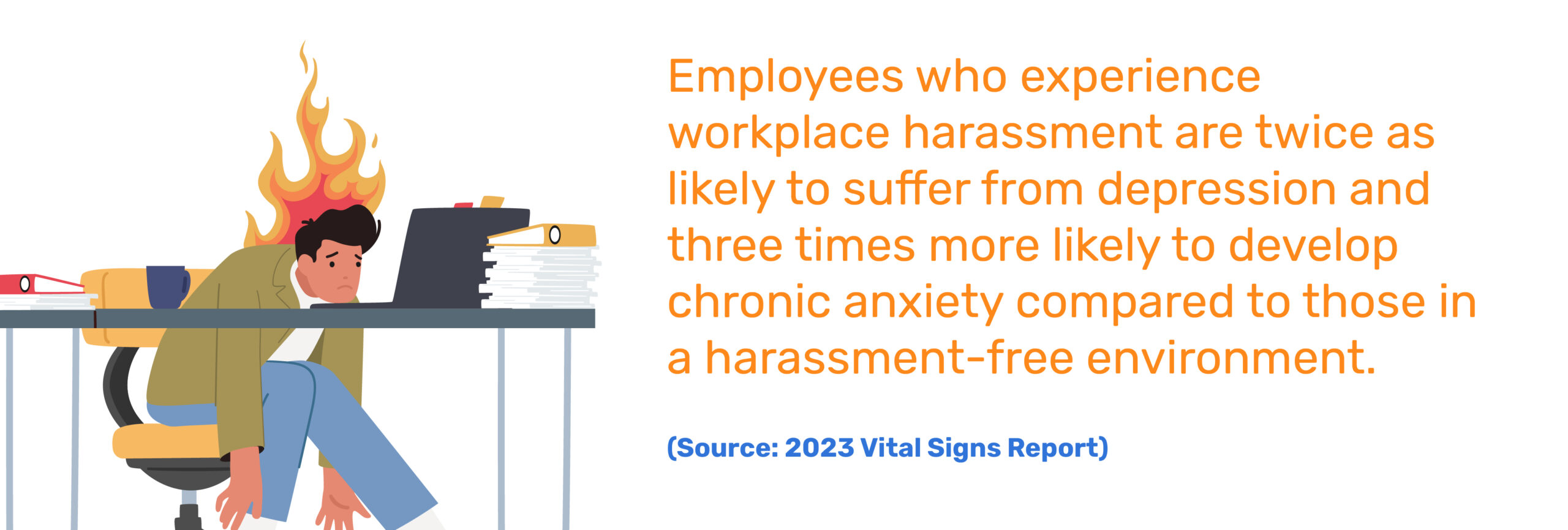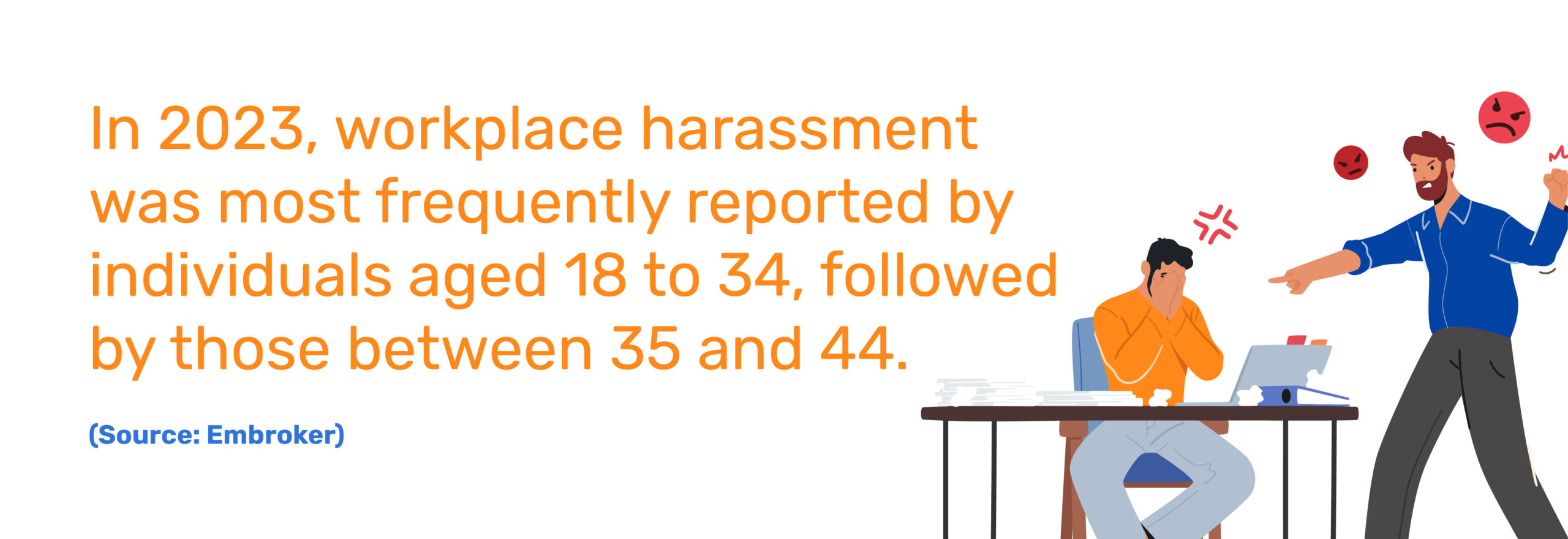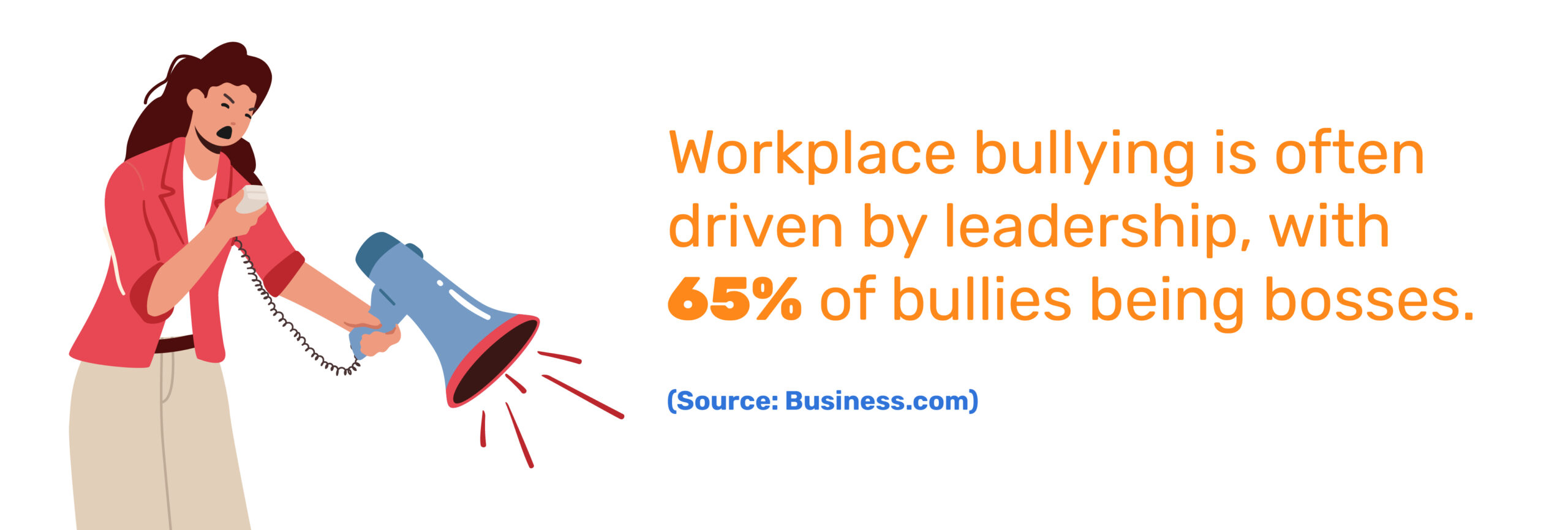An unwelcome comment, an inappropriate touch, or an uncomfortable stare can quietly change the tone of a workplace. These actions may seem small to some, but they create an environment where fear replaces trust. For the person experiencing harassment, it’s not a moment that passes quickly. It affects confidence, damages psychological safety, and can block long-term career growth.
The damage doesn’t stop with the individual. When harassment is ignored or accepted, organizations face serious consequences. Legal risk is only part of it. The deeper harm comes from broken trust, lost credibility, and the quiet departure of skilled employees who no longer feel safe or respected. A toxic culture weakens collaboration, drains motivation, and undermines the values the organization claims to uphold.
Despite increasing awareness, many workplaces still struggle to move from policy to meaningful action. This blog explores the deeper impact of sexual harassment and what it truly takes to build a workplace grounded in safety and respect.
The Hidden Cost of Sexual Harassment on Employee Well-Being
When employees experience harassment, the impact goes far beyond feeling uncomfortable. It damages their sense of security, self-worth, and career stability. These experiences often create a chain reaction that affects not only how someone works but also how they feel outside of work.
Mental and Emotional Consequences
Sexual harassment triggers a range of emotional responses, including anxiety, depression, and post-traumatic stress disorder (PTSD). The psychological impact can be severe, leading to:
- Chronic stress and burnout
- Self-doubt and diminished confidence
- Fear and withdrawal from workplace activities
This prolonged mental distress can also take a toll on physical health.

Physical Health Impacts
Mental distress often translates into physical symptoms. Employees who are harassed at work frequently report:
- Insomnia and chronic fatigue
- Headaches and digestive issues
- Weakened immune system due to prolonged stress
These health issues lead to more sick days, lower performance, and higher healthcare costs for organizations. Over time, the stress may also make employees question their job security, affecting both their financial well-being and career direction.
Career Disruptions and Economic Consequences
Harassment forces many victims to choose between enduring a toxic workplace or sacrificing their careers. Many leave their jobs, accept demotions, or settle for lower pay just to escape. The consequences are severe:
- Financial instability from sudden job changes
- Lost promotions and career setbacks
- Stalled professional growth due to fear and self-doubt
At the same time, organizations lose talent, increase their hiring costs, and weaken the trust employees have in leadership.

How Sexual Harassment Destroys Organizational Culture
Sexual harassment breaks the trust that holds teams together. When it occurs, employees often lose confidence in leadership and pull back from open collaboration. Fear replaces honest communication, and silence becomes the norm. In this kind of environment, teamwork suffers and progress slows. The effects of a toxic culture don’t stay hidden for long. They surface in how people work, how they feel, and whether they choose to stay.
Employee Morale and Performance Decline
Workplaces affected by harassment see a clear drop in professional engagement:
- Employees divert substantial time to protective networking rather than productive work.
- Workplace harassment can drain motivation and cut productivity by 20%.
- Nearly 90% of harassment witnesses experience stress that impacts their performance.
Talent Retention Challenges
A culture that tolerates harassment drives capable employees away:
- Many victims and witnesses resign quietly, fearing retaliation or a lack of action.
- Even strong retention efforts fail when employees don’t feel safe or supported.
- Organizations with a poor workplace culture struggle to attract and retain top talent.

The Financial Cost of Inaction
Beyond morale and retention, unchecked harassment significantly impacts an organization’s bottom line:
- Legal and Compliance Risks: Lawsuits, settlements, and legal fees can cost organizations millions. In 2024, the average settlement for sexual harassment cases in California was $56,200.
- Reputation Damage: Negative press and employee reviews can deter potential hires and customers, making recovery difficult.
- Insurance Premium Increases: Organizations with repeated harassment claims may face rising employment practices liability insurance (EPLI) premiums, adding to operational costs.
- Declining Investor Confidence: Publicized harassment issues can erode shareholder trust, leading to stock price drops and funding challenges.
What starts as a failure to act can quickly become a financial crisis with lasting consequences.
The Importance of Workplace Sexual Harassment Prevention Training
Policies are important. But real progress begins when employees understand what harassment looks like and how to respond to it. Sexual harassment prevention training helps create a workplace where respect and safety are part of daily culture. Without it, even the most well-written policies lose their impact.
Why Workplace Sexual Harassment Prevention Training is Critical
1. It Eliminates Gray Areas
Many employees don’t recognize certain behaviors as harassment, especially when it comes to microaggressions, power dynamics, or digital interactions. A well-designed sexual harassment prevention training program clarifies what’s acceptable and what’s not, removing ambiguity that can lead to toxic work environments.
2. It Empowers Employees to Take Action
Fear of retaliation is one of the biggest barriers to reporting harassment. Effective training provides clear reporting channels, reassures employees of protection, and encourages bystanders to intervene when they witness inappropriate behavior.
3. It Lowers Legal and Financial Risks
Sexual harassment claims can cost organizations millions in settlements, legal fees, and lost productivity, not to mention reputational damage. Regular training mitigates these risks by ensuring employees understand their rights and responsibilities.
4. It Strengthens Leadership Accountability
A workplace’s culture is shaped by leadership. When managers receive in-depth training on handling complaints, setting behavioral expectations, and fostering an inclusive environment, they become proactive enforcers of change rather than passive bystanders.
5. It Drives Cultural and Organizational Change
Harassment weakens morale, drives turnover, and damages an organization’s culture and credibility. An engaging sexual harassment prevention training encourages a more respectful and safer workplace for everyone.
The Need for Ongoing Sexual Harassment Prevention Training
Checking the box on sexual harassment prevention training once a year isn’t enough to create real change. Without reminders and follow-up, important lessons are forgotten, harmful behavior continues, and employees remain unsure about how to respond when needed.
When organizations prioritize continuous learning, they:
- Reinforce key policies and behaviors, ensuring they become second nature
- Keep employees informed about evolving legal standards and best practices
- Foster a workplace culture where respect and accountability are the norm, not just a compliance requirement
With regular training, employees feel more confident in speaking up, leaders respond more effectively, and the workplace becomes safer and more inclusive over time.
Train Your Team with KnowledgeCity’s Sexual Harassment Prevention Courses
Creating a harassment-free workplace starts with proper employee training. KnowledgeCity offers comprehensive Sexual Harassment Prevention Training designed to help employees, managers, and HR professionals understand, prevent, and address workplace harassment effectively.
Subscribe to Our Newsletter
Join 80,000+ Fellow HR Professionals. Get expert recruiting and training tips straight
to your inbox, and become a better HR manager.

 KnowledgeCity
KnowledgeCity 












